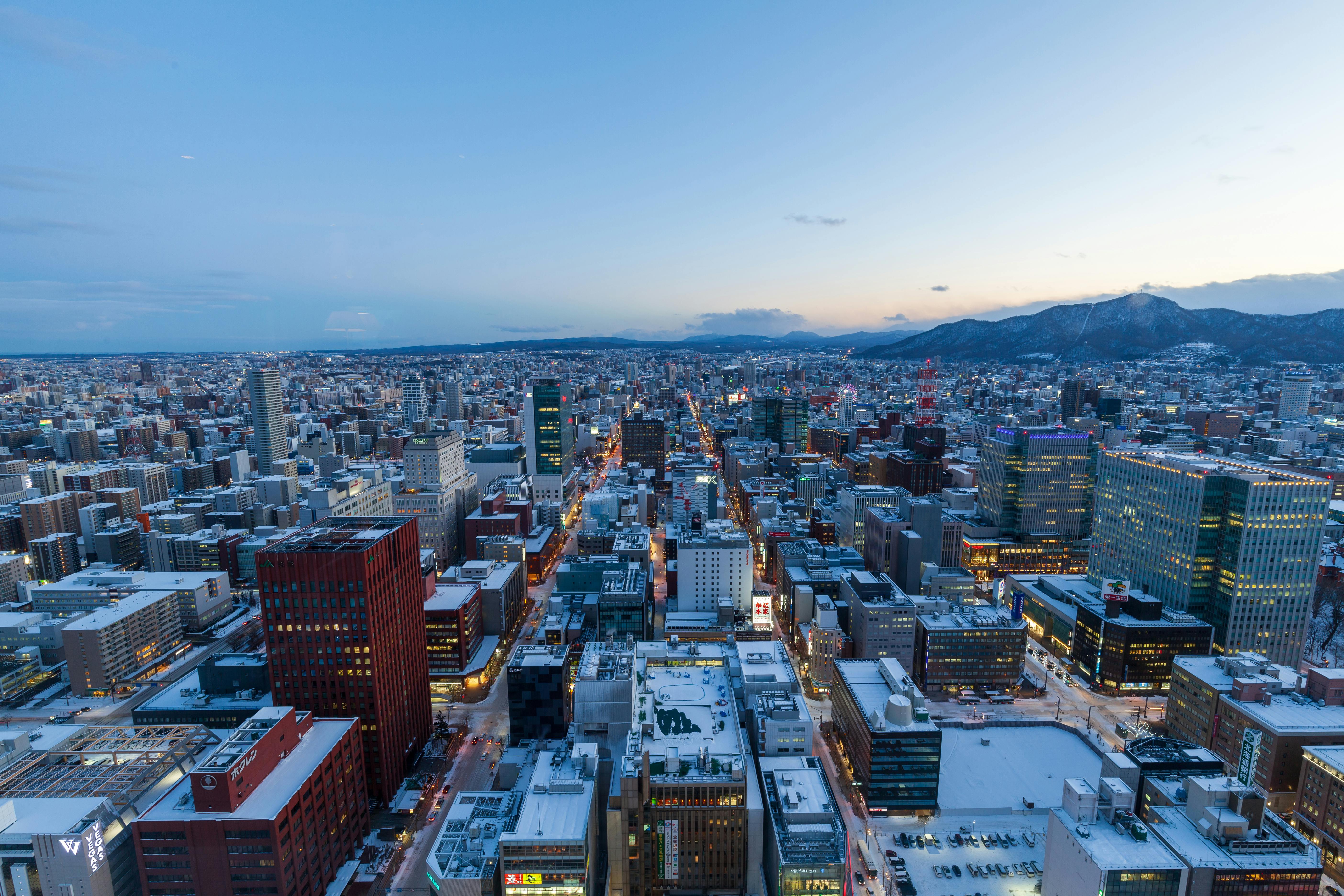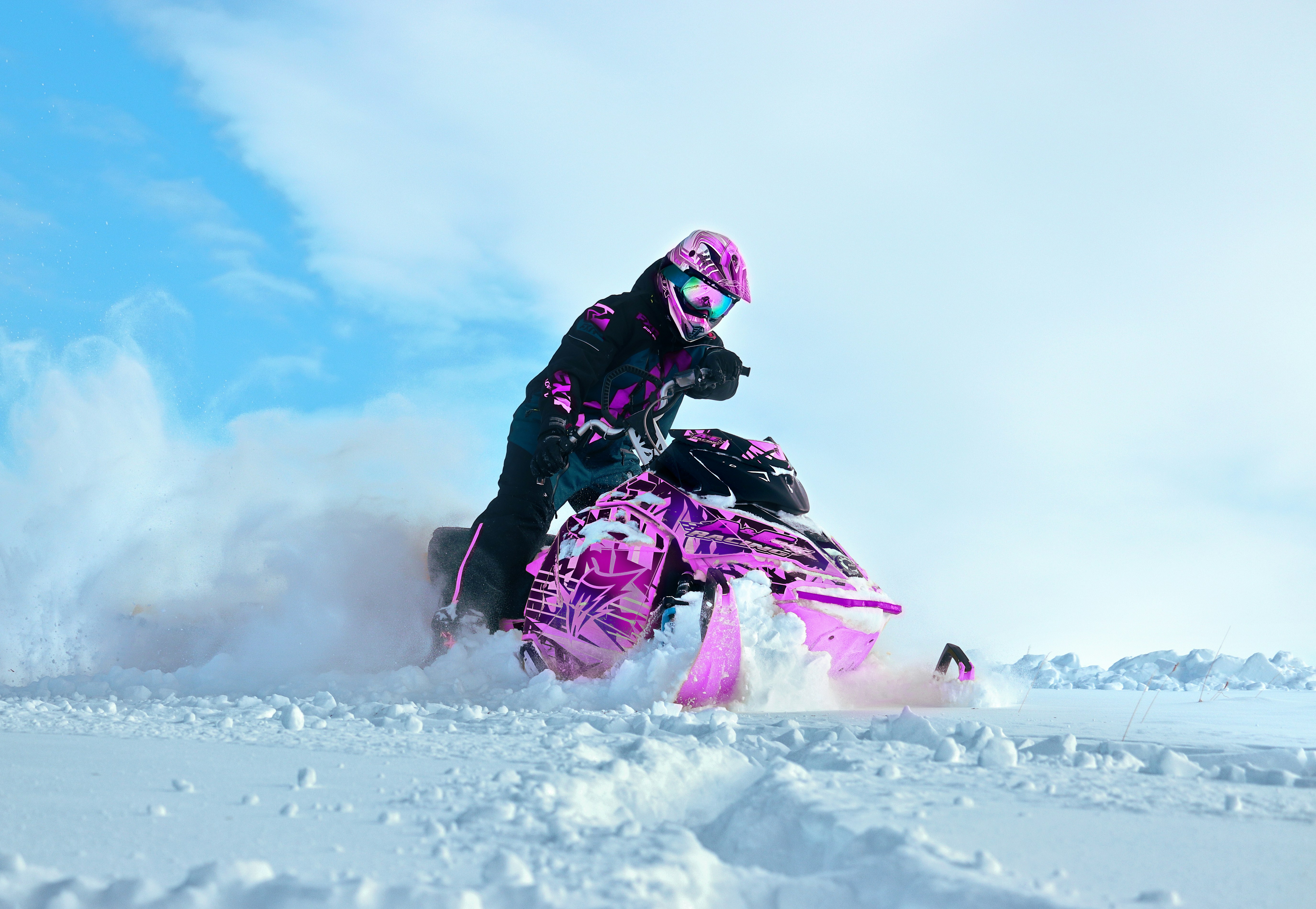Hokkaido Winter Incentives Guide
Author
Chan
Date Published

Hokkaido in winter offers one of Japan’s most distinctive incentive experiences. The combination of snow-covered scenery, high service standards, and reliable infrastructure makes it an ideal destination for corporate and association groups seeking something beyond the typical city event. Yet, winter operations in Sapporo and Niseko come with their own learning curve. Tight travel windows, snow-related delays, and higher utility costs can disrupt otherwise perfect programs if not planned precisely.
In this guide, I have tried to help planners leverage Hokkaido’s snow season assets without operational surprises. It explains when to book around peak rates, how to coordinate ski-in/out venues, how to prepare for sub-zero weather, how to structure waivers for winter activities, and how to cost a compact two-night program efficiently.

Peak Dates and Price Surges
Winter in Hokkaido follows a sharp demand curve. From mid-December to late February, occupancy and pricing peak as domestic and inbound travelers converge for the Sapporo Snow Festival and New Year holidays. The highest surcharges occur during the first two weeks of February, when airfares, hotel rates, and transport fees can rise by 30 to 40 percent.
To stay within target budgets, planners must approach scheduling as a procurement step rather than a creative one. Blocking key inventory before the pricing surge ensures rate stability and flight availability.
Key points:
- Sapporo’s peak window spans February 1–14 during the Snow Festival.
- Niseko hits full capacity around Christmas, New Year, and Chinese New Year weeks.
- March offers better flexibility and 15 to 20 percent savings.
- Group flight inventory closes by mid-autumn for Q1 arrivals.
Checklist for planners:
I include a clause requiring the resort to honor contracted group rates through any festival overlap, regardless of public rate fluctuations. Planners should confirm internal headcounts before September to secure air and room allocations within the preferred rate window.
Ski-In/Out Venues and Dinner Transfers
Ski-in/out resorts are the most efficient for winter incentives but require integrated scheduling between hotel, shuttle, and dining venues. Snowfall often restricts vehicle access near ski slopes, and most properties limit large-coach movement after heavy snow. Dinner delays are common when shuttles and snowplows share the same route, so careful sequencing of transfers is essential.
The ideal configuration is a resort that provides both accommodation and dining within enclosed walkways or heated connectors. Where offsite dinners are planned, logistics must account for snow clearance time, walking distances, and temperature-sensitive setups.
Key points:
- Private shuttles must operate within marked safety zones approved by local police.
- Snow removal schedules can interrupt transfers; buffer at least 30 minutes.
- Venues near lifts require specific operating clearances during snow alerts.
- Resort banquets often end earlier in heavy snow conditions for guest safety.
Checklist for planners:
- Conduct pre-event route inspections during site visits.
- Confirm snowplow schedules with property maintenance teams.
- Build 15-minute intervals between group departures and dinner service.
- Assign a dedicated ground coordinator to monitor bus rotation.
I add a clause requiring the property to maintain guest transfer routes in safe and operational condition during all snow advisories. Planners should pre-record route times during rehearsals and align shuttle manifests with the evening meal schedule to avoid unplanned waits in freezing temperatures.

Cold-Weather Contingency Plans
Severe cold introduces both logistical and safety challenges. Average winter temperatures in Sapporo and Niseko fall below zero, and snow accumulation can exceed 15 centimeters overnight. Flights and morning sessions are the first to be affected, so every schedule should include decision thresholds and predefined fallback spaces.
Rather than reacting to disruptions, planners should establish a temperature or snowfall trigger that automatically shifts sessions indoors or adjusts the agenda. When all parties know these thresholds, decisions are executed calmly and consistently.
Key points:
- Level Two snow alerts from the Japan Meteorological Agency signal travel risk.
- Morning departures face the highest delay rates; allow flight flexibility.
- AV and lighting systems require cold-condition testing to prevent circuit freeze.
- Hotels maintain emergency stock of heating units and blankets on request.
Checklist for planners:
I include a clause permitting the organizer to relocate any function to the contracted backup hall without penalty when government weather alerts reach Level Two or when temperatures drop below five degrees Celsius. Planners should rehearse the full-day shift procedure once on-site and record the trigger time and responsible party in a contingency log.
Winter Activity Options and Waivers
Hokkaido’s winter activities are among the strongest incentive assets in Japan, from snowmobiling and skiing to guided hot-spring and ice-village tours. Each of these experiences, however, carries specific liability conditions under Japanese safety law. Planners must ensure that all operators are licensed and that participant waivers meet both Japanese and international compliance standards.
The most common failure point is incomplete waiver documentation or activities booked through unlicensed partners. Every participant form must be bilingual, signed, and timestamped before tickets or passes are issued.
Key points:
- All outdoor guides require certification under the Japan Outdoor Recreation Safety Law.
- Insurance coverage lapses if participants consume alcohol before an activity.
- Helmets, gloves, and eye protection are mandatory for powered sports.
- Operator liability must extend to both the guest and the contracting organization.
Checklist for planners:
I include a clause requiring operators to provide valid licenses and bilingual insurance certificates before any prepayment. Planners should assign a waiver coordinator to reconcile all signed forms by participant list and confirm that no one joins an activity without documentation clearance.

Sample Two-Night Agenda and Budget Bands
The following model outlines a realistic two-night incentive structure for 120 participants using a combined Sapporo–Niseko route. It integrates conference functions, snow experiences, and controlled transport timing to demonstrate cost and flow consistency.
Agenda timeline
Day 1: Arrival in Sapporo, transfer to Niseko resort, welcome dinner in heated indoor space.
Day 2: Morning conference and breakout sessions, afternoon guided snow activities, evening awards gala with early curfew.
Day 3: Late breakfast, optional hot-spring visit, return transfer to New Chitose Airport.
Estimated budget bands (JPY)
Category | Low Band | High Band |
|---|---|---|
Accommodation (2 nights × 120 pax) | ¥5.2 M | ¥6.8 M |
F&B and event setups | ¥3.4 M | ¥4.2 M |
AV and meeting support | ¥1.0 M | ¥1.4 M |
Transport and charter buses | ¥2.0 M | ¥2.6 M |
Winter activities and insurance | ¥0.8 M | ¥1.2 M |
Total Estimated Range | ¥12.4 M | ¥16.2 M |
The range reflects seasonal variance, transportation distance, and vendor flexibility. Early March departures typically settle near the lower end of the range, while mid-February arrivals align with the higher.
Checklist for planners:
I add a clause requiring that all contracted rates remain fixed for sixty days from proposal date and that any rescheduled dates retain the same pricing terms. Planners should finalize expense auditing within two working days after event close to prevent late adjustments or reissue requests.
FAQs
1. What is the best timing for winter incentives in Hokkaido?
Late January to mid-March offers the best balance between snow reliability and rate stability, avoiding the highest festival surcharges.
2. Can non-skiing participants enjoy the same experience?
Yes. Sapporo and Niseko resorts feature indoor lounges, hot-spring facilities, culinary workshops, and team programs suitable for all attendees.
3. How can transport delays be mitigated during snow?
Use staggered coach departures, maintain two-hour buffer for airport connections, and track weather advisories daily through local partners.
4. Are safety waivers mandatory for all outdoor programs?
Yes. Waivers are a legal requirement under the Japan Outdoor Recreation Safety Law and must be signed before participation.
5. When should flight and hotel bookings be confirmed?
Ideally by August for events scheduled in the following January to secure rates before winter surcharges and capacity caps.
Conclusion
Delivering a successful winter incentive in Hokkaido depends on clear sequencing and contractual foresight. The most common surprises such as price escalations, transfer delays, and weather cancellations can disappear through proper planning.
By treating each operational layer as part of a defined workflow, Sapporo and Niseko transform from challenging winter landscapes into controlled, rewarding incentive destinations. Planners finalizing 2025 programs should close their contracts by summer, confirm transport partners by autumn, and validate safety and waiver compliance before the first snowfall to ensure flawless delivery.
Share with us your program outline or RFP to connect with verified venues and DMC partners in Sapporo and Niseko. Our local specialists will match your dates, budget range, and snow-season requirements to secure accurate proposals and guaranteed winter availability.